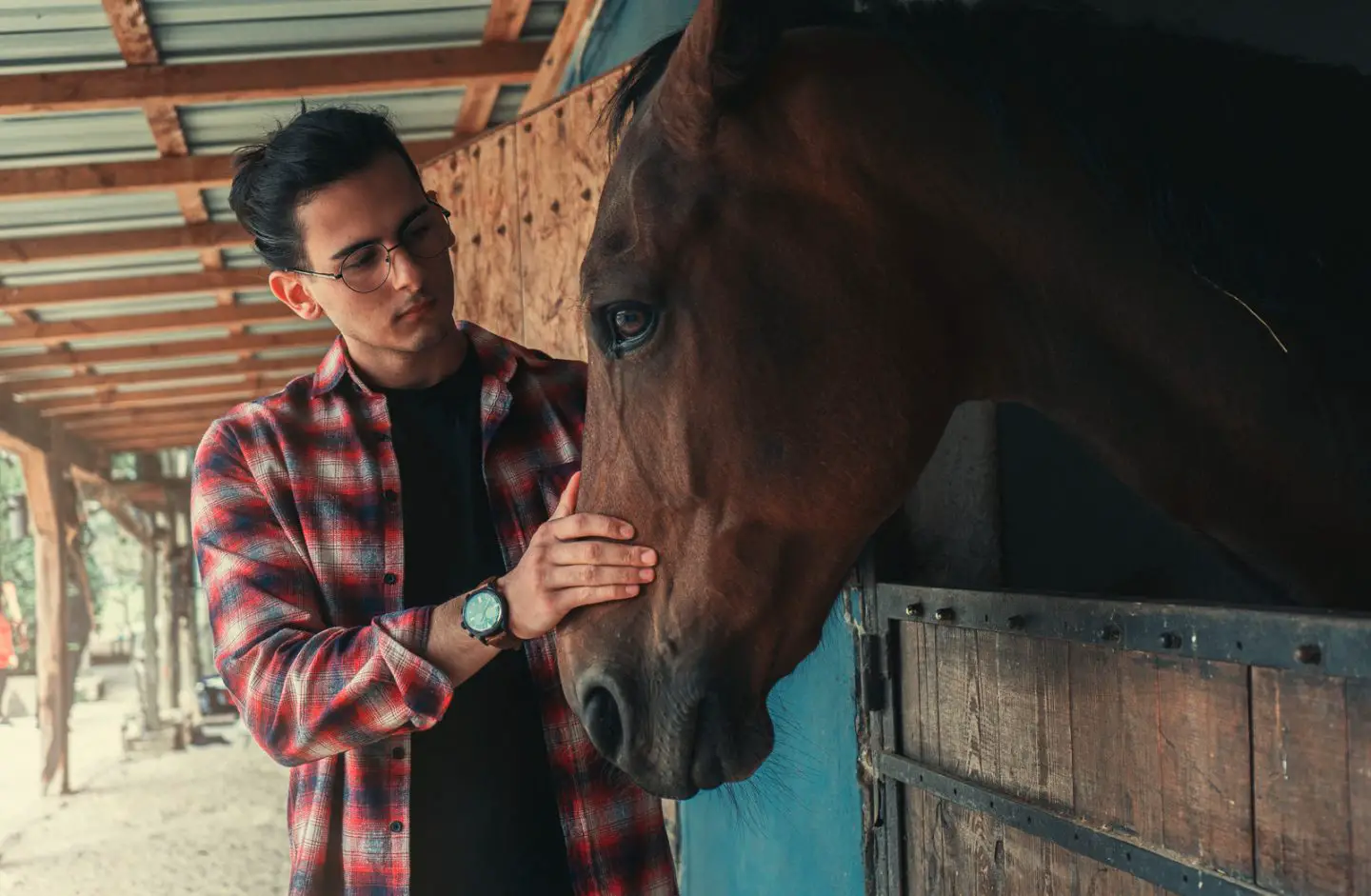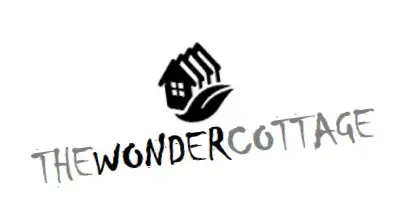If you are planning to erect a new block of stables on your property, there are a number of things you need to consider before you go ahead.
Whether you are extending your current equine buildings or you are putting up your very first stable, read on to discover more about some of the essentials that need to be taken into consideration.

4 Things to know before building a horse stable
1. Get planning permission
Any sort of fixed equine building is going to need planning permission from your local authority in the UK. Therefore, it is advisable to begin the process as quickly as you can.
This is particularly important if you are building your first stable block, as planning permission may be turned down by numerous councils for a whole host of reasons. Some examples include spoiling of the natural habitat, access, restrictions, and loss of privacy.
Because of this, it is a good idea to speak to your local authority in advance so you can determine the criteria that are going to be involved before you go ahead with your application.
2. Assess the plot
Once you have made sure that you have planning permission, you then need to evaluate the plot for your horse stables.
The final position of your stable block is going to be influenced by conditions of the proposed site. For example, the proximity to existing buildings, current drainage, available shelter, and the lie of the land.
For practical reasons, any stable needs to be erected onto a leveled and flat base. This is also important for health and safety reasons.
3. Set a budget
Aside from the steps that we have already discussed, it is important to set a budget. It is always advisable to do this before you begin any work. This will give you a realistic understanding of how much it is going to cost for your new stable block once it has been finished.
Any project, irrespective of the scale, can usually expand while under progression, and this can make the final cost bigger. Because of this, it is vital to take all this into consideration when you are setting your budget.
4. Getting your foundations right
The final piece of the puzzle is making sure you get your foundations right. It is imperative to make certain you get the right foundations built before any horse stable block is erected.
Laying the foundations and doing the groundwork should always be conducted by someone with plenty of knowledge in the trade. This is not the sort of DIY project you should be trying your hand at.
Typically, a solid concrete base is needed that is perfectly flat and level, with a singular course of brickwork for the timber panel on top.

Tips for designing the horse stable
Now that you know everything that you need to consider when it comes to erecting horse stable, it is time to figure out the best stable design for your horses to give them the safety and comfort they need.
1. The size of the stable
The first thing to consider when it comes to the stable design is the size of the stable. The ideal size of your horse’s stable should be 12×12 feet.
Although most people usually build a 10×10 feet stable, that is usually too small for the horse. So go for 12×12 feet or larger if you have the space and the budget for it.
Building a larger will give enough space for the horse to move around and if in the future if you decide to get more horses, you will already have the space for them.
You also have to factor in hay storage. So you will have enough room to keep hay for the horse.
2. The type of stall design
You also have to take into consideration the type of stall design you want to go for.
Stalls should be wide enough for the horse to to feel comfortable in. That way it can lie down without feeling too cramped. And the ceiling also has to be high enough so it can stand up and raise its head without hitting the ceiling.

3. Doors, floors and windows
With the doors, it is best to go for a sliding door, although a swinging door is not a bad idea. You just have to make sure that the door isn’t one that your horse can tamper with and get out of the stable when you are not around.
The stable floor is also another thing to consider. A concrete floor is a very common one for horse stables. This is because the surface is rough and not slippery and so it is very safe for the horses.
The stable should also have enough windows to allow proper ventilation which is very important for the health of the horses. You can also install horse stall fans to keep the temperature of the stall cool and make the horses feel more comfortable.
4. Water and electricity
You also have to consider how you are going to get water for your horses. They will need water to drink. You will also need water to bath them and to clean the stable. So you have to figure out how you are going to get water for the stable.
The electrical wiring must also be done by a professional and you must use the best electrical supplies. This is because stables are mostly made with woods and you also store hay in the stable, both of which are flammable. So you have to make sure to go for quality electrical supplies so you don’t risk having an accidental fire in the stable..
We hope that the information that has been provided will help you to build the right stables for your outdoor environment.



